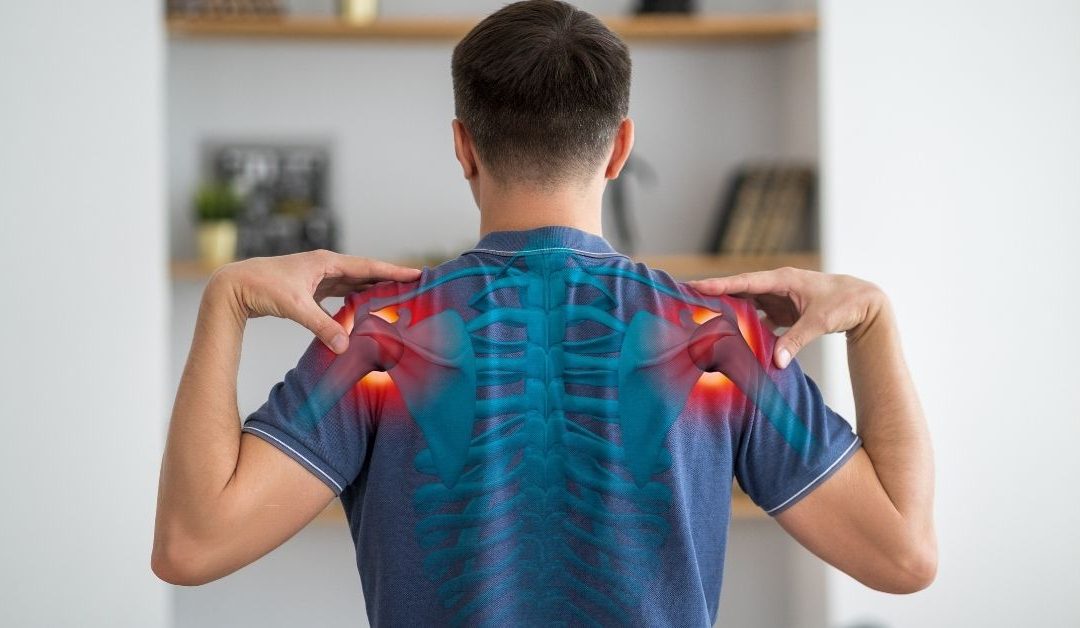Is there a way to treat shoulder pain without surgery or injections? Unfortunately, shoulder pain can be frustrating. It interrupts your workouts, makes simple tasks harder, and leaves you wondering if you’ll need surgery or at least a few injections just to feel normal again.
But here’s the truth: most shoulder pain doesn’t need surgery. And you don’t need a needle to fix it either.
You just need the right plan. One that actually treats the root cause, not just the symptoms. That’s what we do at Motion Rx! And in many cases, it starts working right away.
KEY POINTS
- Most shoulder pain doesn’t need to be cut or injected — it needs to be corrected. Poor movement, weak stabilizers, and faulty mechanics are the real problems, and they respond best to targeted physical therapy.
- The fastest way to treat shoulder pain without surgery or injections is by rebuilding how your shoulder moves, stabilizes, and performs under load, not by masking symptoms, but by fixing what’s causing them.
Why Most Shoulder Pain Doesn’t Need Surgery (or a Shot)?
Pain doesn’t always mean something is torn or broken. Most of the time, it’s a sign that your shoulder isn’t moving the way it should.
When your shoulder mechanics are off, whether it’s because of tight lats, weak rotator cuff muscles, poor posture, or bad movement habits, the joint gets irritated. That irritation causes pain, stiffness, and eventually, compensation. The longer it goes unaddressed, the worse it gets.
That’s why we see so many people who’ve “tried everything” except the one thing that works: movement correction. Not rest. Not pills. And definitely not just chasing the pain with injections.
Myths About Shoulder Pain
When you’re dealing with shoulder pain, the worst thing you can do is follow bad advice. Unfortunately, there’s a lot of it out there. Here are three common myths we hear all the time, and the truth that can help you actually get better.
Myth #1: “If it hurts, I should stop moving.”
Truth: Rest might help for a day or two. But if you stop moving completely, things usually get worse.
Here’s what actually happens: your shoulder stiffens, muscles weaken, and movement patterns break down. Pain stays, or even spreads. The right move is to stay active, but modify how you’re moving. You don’t need to stop. You just need a smarter plan.
Myth #2: “I probably need an MRI to know what’s wrong.”
Truth: Most shoulder pain can be accurately diagnosed with a movement assessment, not imaging.
MRIs often show “problems” that have nothing to do with your pain. Small rotator cuff tears, labral frays, or joint degeneration show up in people with zero symptoms. What matters more than what your scan says is how your body moves, what your symptoms feel like, and what actually changes when you address the mechanics.
Myth #3: “I just need to stretch more.”
Truth: If tightness were the real problem, stretching would have already fixed it.
The truth? Most “tight” shoulders are really unstable shoulders. Your brain creates tension as a protective response when a joint isn’t secure. That means stretching only goes so far — and sometimes makes things worse. What you actually need is better stability, scapular control, and strength in the right ranges.
How to Treat Shoulder Pain Without Surgery or Injections?
Shoulder pain usually doesn’t need surgery. It needs structure. You can’t foam roll your way out of it. And you definitely can’t rest forever. You need a plan that rebuilds strength, improves control, and restores movement all at the same time.
At Motion Rx, here’s how we treat shoulder pain where it actually starts:
1. Fix the Way You Move
Most shoulder problems come from bad mechanics such as tight lats, limited thoracic rotation, poor scapular control, or a weak rotator cuff that can’t keep the joint stable. Our job is to find where the chain is breaking down and rewire it through focused movement. We’re fixing faulty movement patterns that led to the pain in the first place.
2. Help You Build Real Strength
Our shoulder rehab starts with activation, but it moves fast into strength. And not just any strength. We build resilience in the positions where your shoulder has to perform: overhead, under load, in rotation, or while bracing under tension.
We use real tools like:
- Kettlebells for controlled carries
- Bands for rotational stability
- Barbells for return-to-lift protocols
- Turf space for sport-specific movement
3. Keep You Training Safely
Pain doesn’t mean stop. It means to adapt. If you’re a lifter, runner, CrossFitter, or weekend warrior, we keep you moving while your shoulder recovers. That might mean load modifications, grip changes, or working around movements, but the goal is always the same: stay strong while you heal.
Our programs are built so your shoulder gets better without the rest of you breaking down in the process.
4. We Guide Every Step
No more wondering if you’re doing the right thing.
You’ll work 1-on-1 with your therapist every session. Between visits, you get your customized program through our digital app, with video demos, coaching cues, and direct messaging access so nothing gets missed.
It’s not just accountability. It’s real support from someone who’s been there, done it, and knows how to get you back.
Fix Your Shoulder Without Surgery or Injections
If your shoulder pain is holding you back, you don’t need another round of rest. You don’t need injections. And you definitely don’t need surgery as your first option.
You need a clear plan. One that’s built around movement, not guesswork.
At Motion Rx, we help active people fix shoulder pain at the source without needles, without surgery, and without wasting time.
You’ll work one-on-one with a performance physical therapist who actually listens, figures out what’s wrong, and gives you the step-by-step plan to fix it.
FAQs
What if I’ve already tried stretching and it didn’t work?
Stretching helps symptoms, but it doesn’t fix poor mechanics. You need stability, control, and a plan that targets the root cause.
Do I need a referral to start physical therapy at Motion Rx?
No referral needed. Florida is a direct access state. Yes, you can start treatment right away.
Can I keep training while I recover?
Yes. We modify movements to keep you active and strong while your shoulder heals.



